|
MONTESSORI CORAL REEF FIELD GUIDE INDEX
and INTRODUCTION
Invertebrates (SUMPHYLUM)
Corals and Anemones
|
|
Hard Corals
|
|
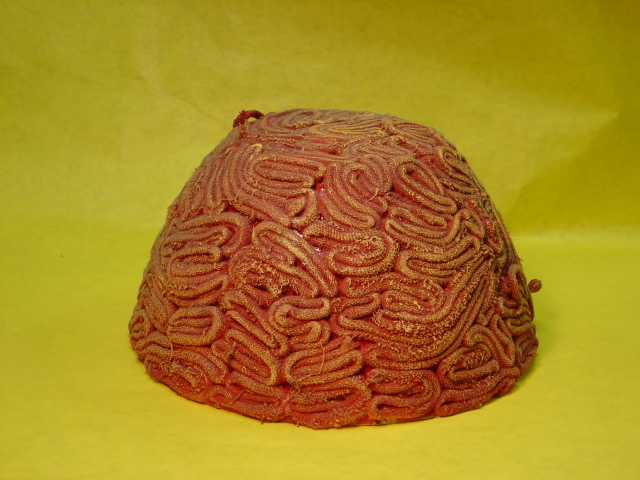
Brain Coral |
|
Habitat: Coral reefs Size: Colonies can grow
up to 6 feet (1. 8 meters) high
Food: algae and tiny animals
Interesting Fact: Brain coral is a hard coral that grows slowly.
|
|
|
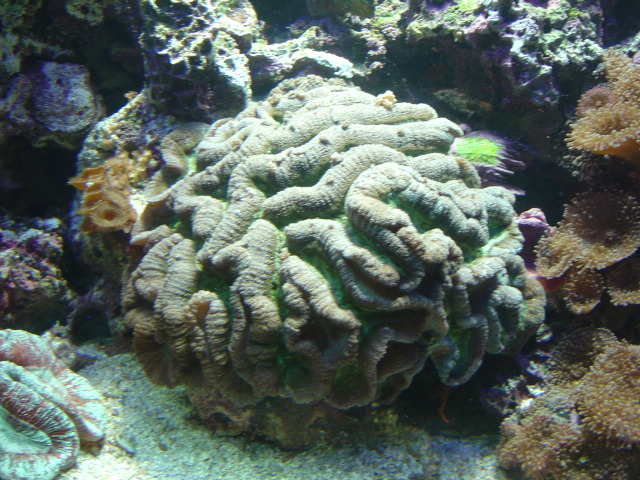
Picture by Mrs. Fox
Brain coral underwater at Shedd Aquarium
|
Other Sites: Brain
Coral |
|
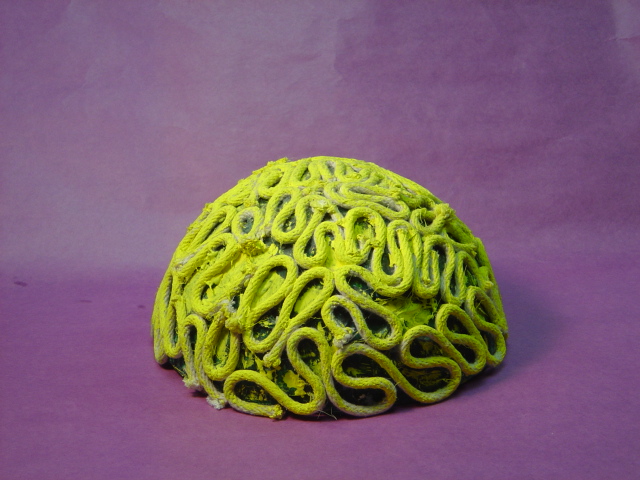
Picture: Montessori 5/26/04
Green Brain Coral |
| Habitat: Caribbean Sea Size: 25 feet (colony)
Food: Plankton
Interesting Fact: It looks like a brain and is greenish brown.
Nancy: Amazing Animals of the World.
Danbury CT: Grolier, 1995. |
|
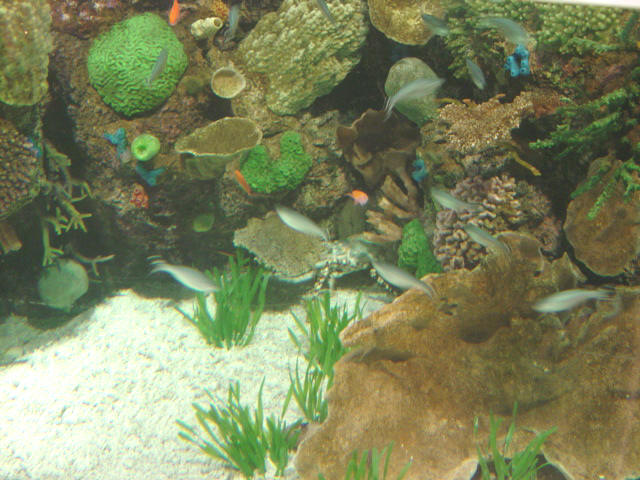
Picture by Mrs. Fox at Shedd Aquarium
Green Hammerhead Coral in upper left. |
Other Sites: Green Brain
Coral |
|
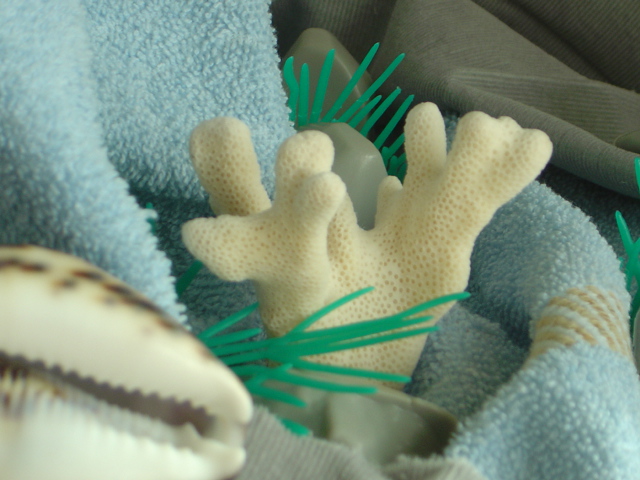
Picture: by Mrs Fox |
| Habitat:
In protected areas of reefs; on windward side of reefs in water more than 10' (3 m) deep. Florida Keys; Bahamas; West Indies.
Size: 10'
(3 m) high, more than 60" (152 cm) wide.
Food: nutrients provided by algae growing in their tissues; small, drifting animals.
Interesting Fact:
This coral is heavily collected for tourists. It
is not good for the reefs.
|
|
| Staghorn Coral |
Other Sites: |
|
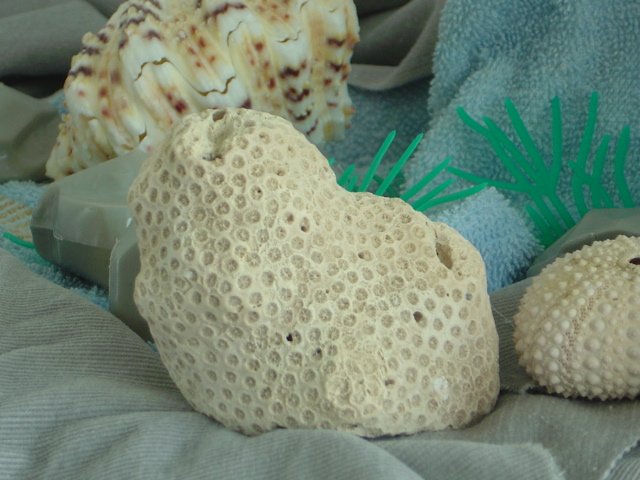
This is a skeleton of a star coral. |
| Habitat: The Star
Coral is commonly found throughout the Caribbean and the West Indies. Size:
grows to about 12 inches in height.
Food: nutrients provided by algae growing in their tissues; small, drifting animals.
Interesting Fact:
Corals remove calcium-based minerals from
the ocean water and use these minerals to build a foundation that is very
much like a skeleton. The animals live on the outer surface of this
skeleton.
|
|
|
Star Coral
Family: Faviidae
|
Other Sites:
Corals and Anemones |
| Soft Coral |
|
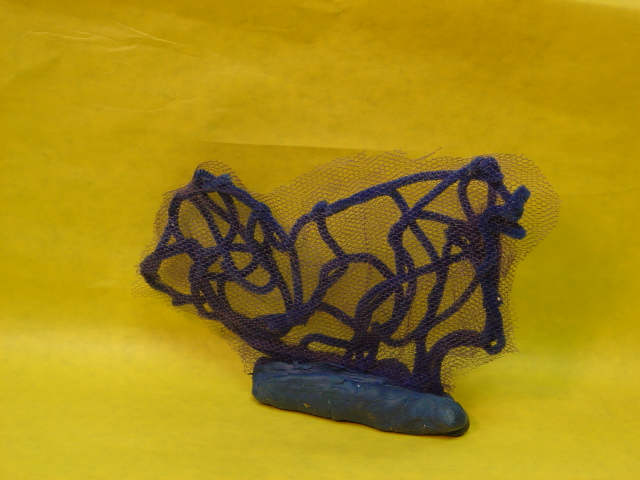
Picture: Montessori 5/26/04 |
| Habitat: deep sea floor, at depths from
130-6,000 feet (40-1,829 meters) Size: to 20 inches tall (51
cm)
Food: animal plankton
Interesting Fact: Sea Fans range in color from red to yellow to
purple.
|
|
| Blue Sea Fan |
Other Sites: |
|

Picture: Montessori 5/26/04 |
| Habitat: deep sea floor, at depths from
130-6,000 feet (40-1,829 meters) Size: to 20 inches tall (51
cm)
Food: animal plankton
Interesting Fact: Sea fans are colonial animals—they’re made up of
many tiny, individual animals that work together as one.
Source: Monterey Bay Aquarium
|
|
| Red Sea Fan |
Other Sites: Red Sea Fan |
| Sea Anemones |
|
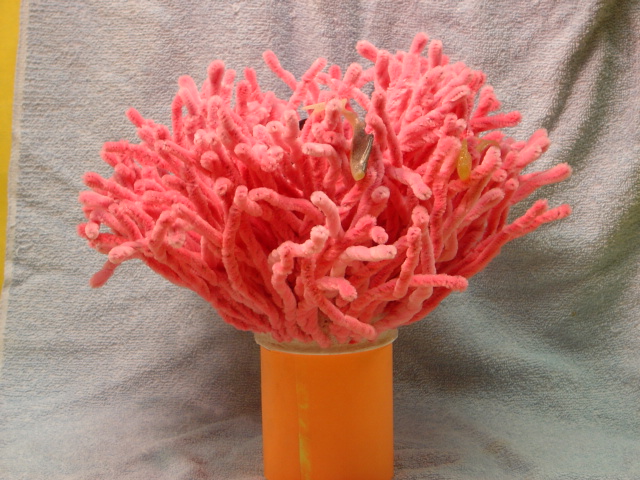
Picture: Montessori 4/04 |
| Habitat: Attached to
hard substances such as rocks or wood and sometimes along the walls of
surge channels in low intertidal and subtidal areas;
Alaska to San Diego and also in the northern
Atlantic
Size: 10 cm in diameter and 15
cm in height
Food: Mussel flesh, small crustaceans (copepods, larvae),
fragments and whole larger (dead) crustaceans, worms. Small crabs.
Interesting Fact:
|
|
| White-Spotted Rose Anemone |
Other Sites:
The White-Spotted Rose Anemone |
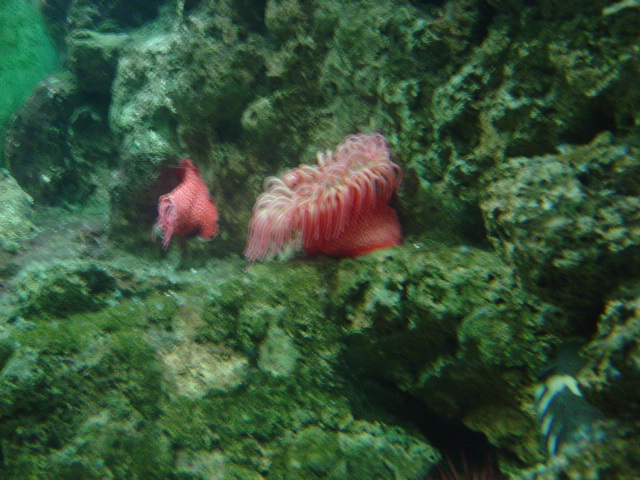
White-Spotted Rose Sea Anemone
Picture by Mrs. Fox @ Shedd Aquarium |
|
|
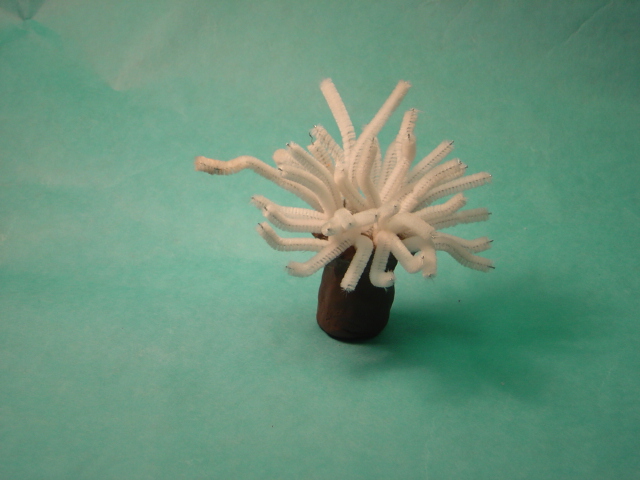
Picture: Montessori 5/26/04 |
| Habitat: rocks and coral reefs Size:
20 cm in length
Food: Mussel flesh, small crustaceans (copepods, larvae),
fragments and whole larger (dead) crustaceans, worms. Small crabs.
Interesting Fact: Varies in color from neon pink to almost white.
|
|
| Crimson Sea Anemone |
Other Sites: |
|
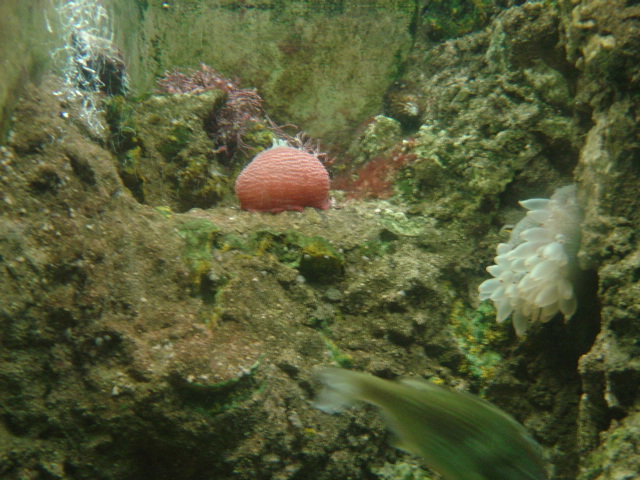 |
| Habitat: rocks and coral reefs Size:
6 - 10 inches in diameter
Food: Mussel flesh, small crustaceans (copepods, larvae),
fragments and whole larger (dead) crustaceans, worms. Small crabs.
Interesting Fact: Anemones are meat eating, predatory animals.
|
|
| Strawberry Sea Anemone
Tentacles retracted.
Picture by Mrs. Fox @ Shedd Aquarium |
Other Sites: |
|

Picture: Montessori 5/26/04
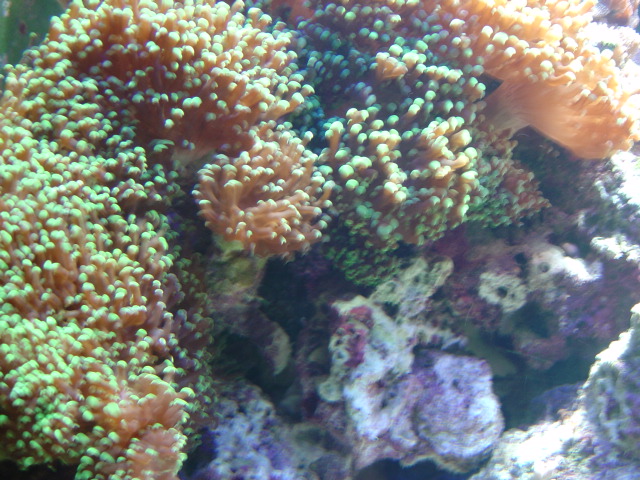
Picture by Mrs. Fox @ Shedd Aquarium |
| Habitat: in crevices in rocks and coral reefs;
Micronesia and Melanesia to East Africa and the Red Sea, and from
Australia to Japan Size:
oral disc diameter to 50 mm; tentacles to 100 mm. in length.
Food: animal plankton
Interesting Fact:
|
|
| Bulb Tipped Sea Anemone or
Bulb Tentacle Sea Anemone |
Sea Anemones |
|
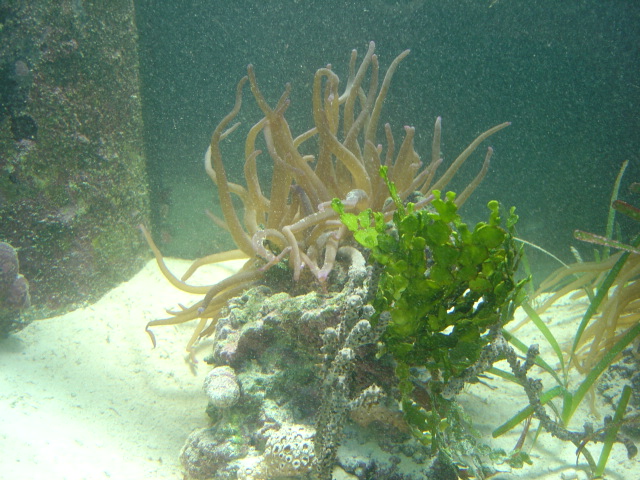 |
Help us identify
this sea anemone.
| Habitat: Size:
Food: animal plankton
Interesting Fact:
|
|
| Sea Anemone
Picture by Mrs. Fox @ Shedd Aquarium |
Other Sites: |
| |